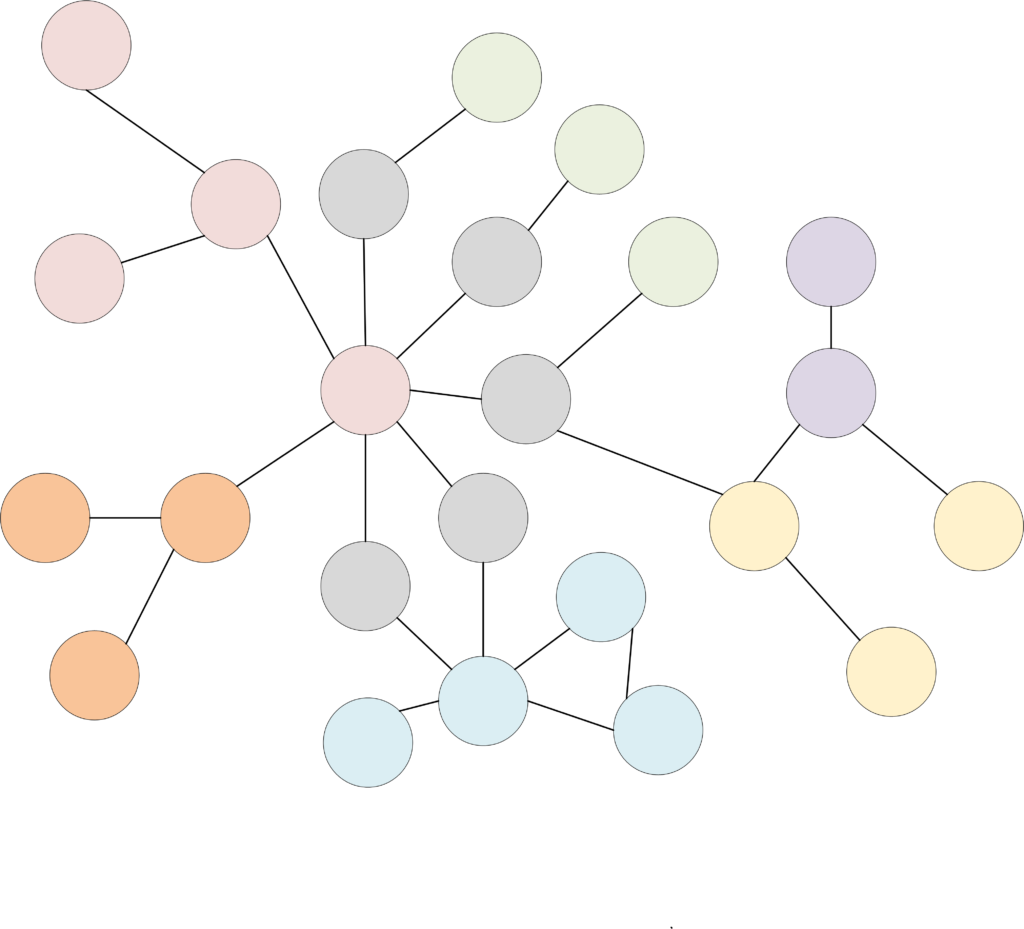Developing data architectures to facilitate the exchange of information for energy planning and operation
Data
Adopting next generation data exchange to ensure privacy and sovereignty
Need Owners
Identification and involvement of need owners across the energy value chain
Technology
Integrating technology enablers to bridge the gap between supply and demand
Overcoming Data Barriers in The Energy Sector
Smart Grids System Design Integration of Renewables Operation & Maintenance Strategic Planning
The Digicities project aims to overcome the barriers to accessibility and exchange of
data for decision-making in the energy sector
About
Digicities is an ERA-Net coordinated project (1) that aims to overcome the barriers to accessibility and exchange of data for decision-making at a utility and municipality scale. A data architecture will be developed around structured, interconnected digital layers that will be used in the projection of energy demands. A framework for the processing, storage and use of data sources will be demonstrated in living labs. The framework will be implemented into a digital twin of the energy system for planning and operational management. The project consortium has stakeholders from each stage of the value chain. This approach considers the impact of technical advancements and regulatory changes to develop a solution that will accelerate the energy transition to a net-zero energy system.
Urban Symbiosis
Connected CITIES
Objectives
- Investigate how semantic technologies can used with open data to support energy demand modelling of buildings and systems
- Automate the integration of different sources of data required to build a digital twin of the energy system
- Enable the projection of energy demands across the grid from publicly available data
- Implement a data architecture preserves sovereignty and privacy
- Address the lack of availability and transparency of energy data used for urban and district modelling
- Survey the needs of grid operators and users to determine how to overcome the challenges of data exchange between stakeholders
- Investigate new incentives for sharing energy data
Features
Energy Demand Modelling
The projection of energy demands enable planning and efficient operation of energy assets
Linked Data
The use of linked data technologies allows underlying relationships to be captured to support the development of applications and data discovery
Semantic Models
Conformance to schemas, ontologies and data models to enable scalability and automated reasoning of the data
Transparency
It is increasingly important to ensure data is processed transparently to give the end users confidence in the end product and services

Stakeholders
The project success is reliant on the involvement of stakeholders across the digital value chain. We have identified the key players and the project is tailored to address their needs
Soverignty
Adherence to data exchange initiatives such as GAIA-X means that the sovereignty of data is maintained. This paves the way to new mechanisms to share data
Digital Twins
A data connection to the real world allowing users to investigate the impacts of complex scenarios
Digital Layers and Dataspaces
Decision making in the energy sector is influence by activities in multiple sectors. This project aims to collect and integrate data across multiple sectors
Core Project Partners
Associate Partners and Technology Enablers
Knowledge Community Stakeholders
Get in touch
We are actively seeking involvement of partners across the energy sector. If you are an need owner, data supply or would just like to be updated about the project, please use the form below to get in touch with us.